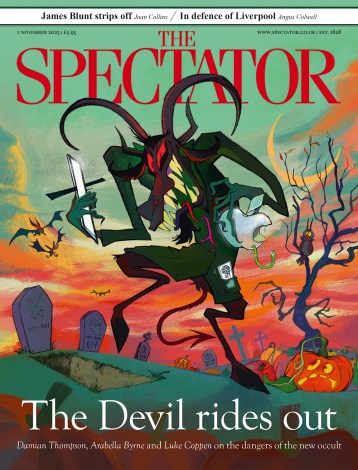Russians on speed
There is more to 19th-century ballet than fluttering sylphs, spectral broken-hearted peasant girls and doomed feathery princesses. There is comedy and fun, too. Take the 1869 classic Don Quixote, a Spanish romp loosely based on Miguel de Cervantes’ literary masterpiece. The ballet was Marius Petipa’s second major work — the first being The Pharaoh’s Daughter
